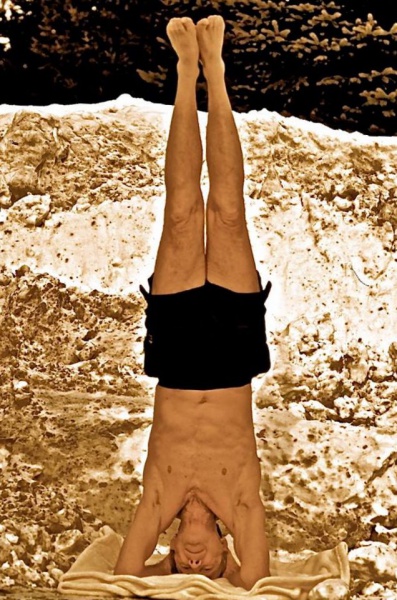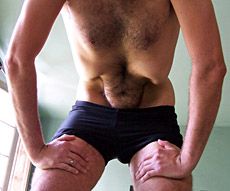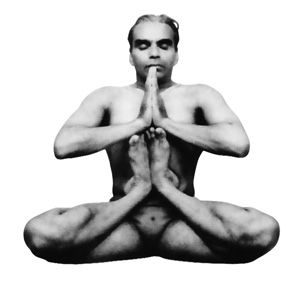
As a teenager in the sixties UK, I was highly athletic. I played wing in Rugby, had a mean long jump and high jump and could sprint like the wind. Two of my track buddies at high school went on to great fame: the iconic musician Nick Drake and Mark Phillips, who went on to marry Princess Anne.
I also loved weight lifting and was drawn to pumping iron. Unfortunately the strength coach/trainer at my school was pretty darn clueless and I would lift away without much direction at all—either from him or any literature on the subject.
What I also discovered, in 1966, was the just-published Light on Yoga by B.K.S. Iyengar—which changed my life. I used this seminal and highly inspirational book to teach myself Yoga. Scary, perhaps, but finding a teacher in those days was challenging to say the least. By age nineteen, I could pull off a headstand while in a full lotus, had an eye-popping ability to rotate my abs, as a ridged column, through 360 degrees, with the method known as Uddiyana Bandha, plus a whole lot of other impressive looking stuff.


I enjoyed looking cool, feeling cool and being proud of what I could do physically. If that doesn’t motivate you to practice physical culture, I don’t know what to say…
At the age of twenty-five I finally traveled to India to study Yoga and meditation. Ironically, there in India, I switched my allegiance to Qigong and Tai Chi as my principal discipline for physical cultivation. The Hatha Yoga I had studied had had a transformative impact on me, but it did involve almost solely holding static postures. Qigong and Tai Chi opened up a different world that was motion-based and much more satisfying for me personally.
However, those crucial dozen years where I dove deep into Yoga gave me immense flexibility benefits that have extended to my current age of 64. For instance, without having rigorously practiced the headstand since my mid-twenties, I can still move effortlessly into a full headstand. Same for the full lotus and many other cool poses.
Naturally forty years of martial arts, kettlebells and other bodyweight exercise have helped me stay in nice shape into my sixties. However, I do believe that my years as Yogi John gave me a crucial foundation that I am eternally grateful to have laid for myself.
So, when Al Kavadlo presented his latest masterpiece, Stretching Your Boundaries to me, I was thrilled and immediately impressed by the spectacular way Al tied together Yogic stretching and flexibility methods with calisthenics. Along with Paul Wade, Al has been leading the inspirational charge in a new appreciation for the healing and athletic benefits of bodyweight exercise.
What I also love about Al’s work—and never more true than for Stretching Your Boundaries—is the aesthetic and the philosophy of physical culture he brings to the table. “Calisthenics” means “beautiful strength.” Strong, flexible, healthy, graceful body—with a mind and spirit to match. Al perfectly embodies that “beautiful strength-beautiful spirit” ideal, in my opinion. He brings a Zen lightness and equanimity to his practice. But he also brings the kind of sharp-mindedness and rigor to his physical cultivation that is another hallmark of Zen. We had Zen and the Art of Archery. Now we have the Zen Art of Stretching Your Boundaries.
I love, also, Al’s emphasis on the importance of joint health, circulation and breath work. The older you get, the more you need to move and breathe well. And nothing needs more movement for health and well being than the joints.
Just as Iyengar inspired me and millions of others to take up Yoga, Al is inspiring a new generation to improve their mobility, strength and health by integrating yoga and calisthenics in dramatic new style.
Let’s remember: we have the one body only to work with, a precious treasure that can be abused and trashed—or burnished, refined and transformed into an ongoing piece of living artwork. In Stretching Your Boundaries, Al hands you a priceless set of methods to refine your physical being. I urge you to take full advantage.
Yours in Strength,
John Du Cane

